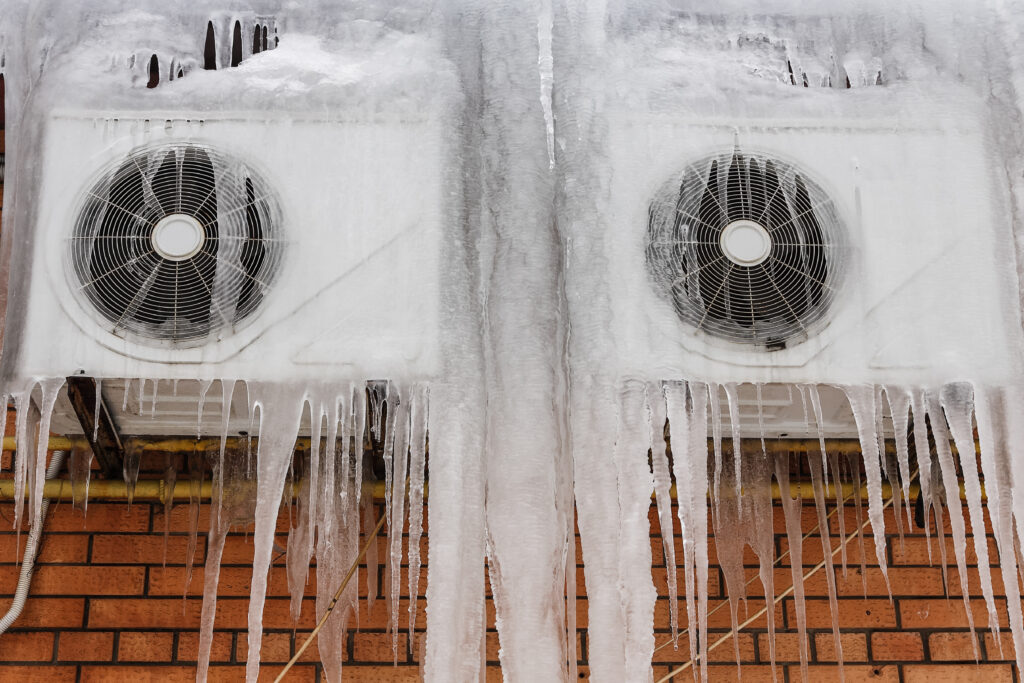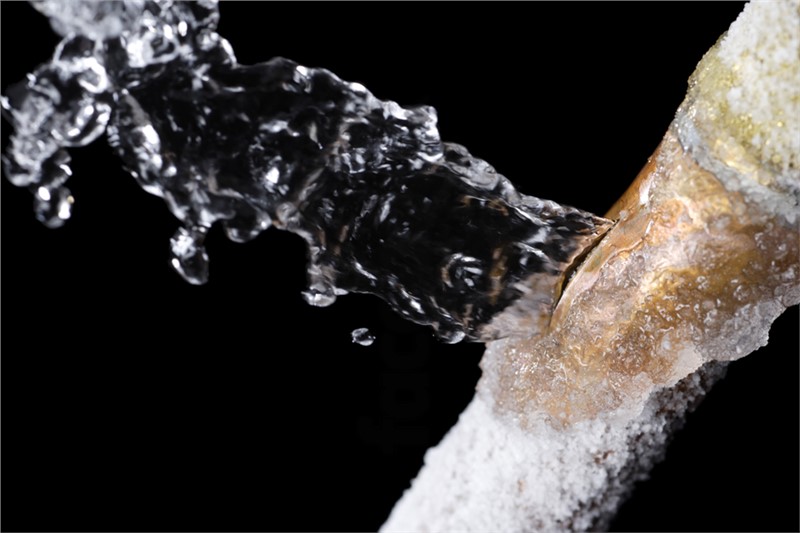Actions to Take If My AC Pipe Is Frozen - Immediate Solutions for Thawing
Actions to Take If My AC Pipe Is Frozen - Immediate Solutions for Thawing
Blog Article
The content down below in relation to What Causes AC Pipes To Freeze? is totally insightful. You should look it over.

Introduction
Uncovering that your AC pipe is frozen can be worrying, specifically throughout warm summer season when you depend on your ac system one of the most. Recognizing what to do in such a circumstance is crucial to prevent further damage to your cooling system and guarantee your comfort inside your home.
Understanding the Causes
Numerous elements can add to the freezing of an a/c pipe. Comprehending these reasons can help you deal with the concern effectively.
Lack of Airflow
One usual cause of a frozen a/c pipeline is inadequate airflow. When the airflow over the evaporator coil is restricted, it can trigger the coil to go down below freezing temperature level, bring about ice development on the pipeline.
Reduced Refrigerant Levels
Not enough cooling agent degrees in your AC system can also cause an icy pipeline. Reduced cooling agent degrees can cause the pressure in the system to go down, bring about the freezing of moisture on the evaporator coil.
Cold Weather Conditions
In chillier environments, freezing temperatures outside can contribute to the freezing of air conditioning pipelines. If your a/c device is not effectively shielded or if there are leakages in the ductwork, cool air can penetrate the system, triggering the pipeline to freeze.
Dirty Air Filters
Dirty or blocked air filters can restrict air flow in your a/c system, causing different concerns, including a frozen pipe. It's essential to change or cleanse your air filters consistently to guarantee appropriate air movement and avoid ice accumulation.
Signs of a Frozen AC Pipe
Recognizing the indicators of an icy air conditioning pipe is crucial for punctual action.
Reduced Airflow
If you see a considerable decrease in air movement from your vents, it could show a frozen pipeline.
Ice Buildup on the Pipe
Visible ice build-up on the refrigerant line or the evaporator coil is a clear sign of a frozen a/c pipeline.
Unusual Sounds from the Unit
Uncommon sounds, such as hissing or bubbling, originating from your AC system can signify that there's ice existing on the pipe.
Immediate Actions to Take
When confronted with an icy air conditioner pipe, it's necessary to act swiftly to stop more damage to your cooling system.
Turning off the AC
The very first step is to turn off your air conditioning unit to stop the system from running and exacerbating the problem.
Looking for Blockages
Examine the location around the interior unit for any type of blockages that might be obstructing airflow, such as furniture or curtains.
Thawing the Pipe
You can use mild methods like placing towels soaked in cozy water around the icy pipeline to aid thaw it gradually.
Preventive Measures
Taking safety nets can aid stay clear of future incidents of a frozen air conditioning pipeline.
When DIY Methods Fail
If your attempts to thaw the pipeline or address other problems are unsuccessful, it's time to employ a professional.
Value of Hiring a Professional HVAC Technician
A certified HVAC service technician has the proficiency and devices essential to diagnose and repair problems with your a/c system securely and effectively.
Regular Maintenance Checks
Schedule routine maintenance contact a specialist HVAC professional to ensure that your AC system is running successfully.
Transforming Air Filters
Regularly change or cleanse your air filters to avoid airflow restrictions and keep optimum performance.
Insulating Exposed Pipes
If your air conditioner pipelines are exposed to cool temperature levels, think about shielding them to stop freezing during winter months.
Seeking Professional Help
If DIY techniques stop working to solve the concern or if you're unclear concerning just how to continue, it's finest to look for support from a qualified HVAC specialist.
Conclusion
Handling a frozen air conditioner pipeline can be a frustrating experience, but understanding just how to react can aid minimize damage and recover convenience to your home. By understanding the reasons, recognizing the signs, and taking timely activity, you can effectively resolve the concern and avoid future occurrences.
Frozen AC Line: Why It Happens & What To Do About It
A frozen AC line can be a rather peculiar sight in a place like Phoenix, Arizona where nothing ever freezes. In this post, we’ll discuss what makes an air conditioner line frozen – and what you can do about it.
Dirty Air Filters
Did you know that you should be cleaning or replacing your air filters on a monthly basis? Failing to do this can result in airflow issues that, in turn, cause your evaporator coils and lines to freeze over. You’ll notice a buildup of ice on both components, although the buildup on your pipes will, of course, be more evident unless you open your air condition up to reveal the coils.
What To Do About It
Give your air filter a good cleaning if it’s reusable. If not, replace the filter outright. Next, switch your air conditioner’s fan setting on and leave it there for 2-3 hours. This will draw warm air in, helping to thaw your evaporator coil. You can also check out this article for some tips on cleaning the coils themselves if you’d like to speed the process up. Before you switch the unit back to its normal state, make sure the supply vents are completely unobstructed and free of dust or other debris.
If you keep having this issue even after replacing your filters regularly, contact a local HVAC repair company and have them inspect your evaporator coil, ductwork, and any other components that may be at fault. If you live in the Phoenix, Arizona area, give American Home Water and Air a call.
Low Refrigerant Levels/Leakage
What To Do About It
Contrary to what air conditioner “recharge” companies often tell their clients about refrigerant, it should never need to be simply refilled. You see, refrigerant runs in what experts refer to as a “closed loop.” Refrigerant really shouldn’t be leaving that loop. If it is, you’ve got a leak.
Paying someone to come and pump more refrigerant into your system (aka “recharge” it) isn’t the solution. Doing that will simply kick the can down the road. Besides, refrigerant leaks can be harmful to the environment and people in your home.
Rather, you need to take care of the leak with the help of a technician. Check out this article for some more information about dealing with air conditioners that are leaking refrigerant. Before you contact a technician, switch your thermostat to the off position. Then, switch the fan setting on and let it run for 2-3 hours so the unit can thaw.
Improper Temperature Setting
Improper temperature settings can also cause a drop in your air conditioner’s pressure. What many people don’t realize is that air conditioners are actually designed to run when temperatures have fallen above roughly 60 degrees Fahrenheit. If you run the unit when it’s cold outside, you’ll run into many issues, including frozen components.

I hope you enjoyed our part on Why Is Ice On My Outside Air Conditione. Thank you for taking time to read through our post. Don't hesitate to take the time to distribute this blog if you liked it. We value reading our article about Why Is Ice On My Outside Air Conditione.
Additional Information Report this page